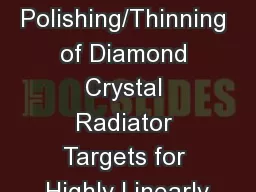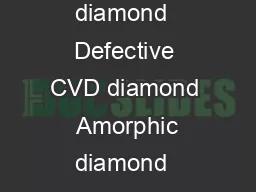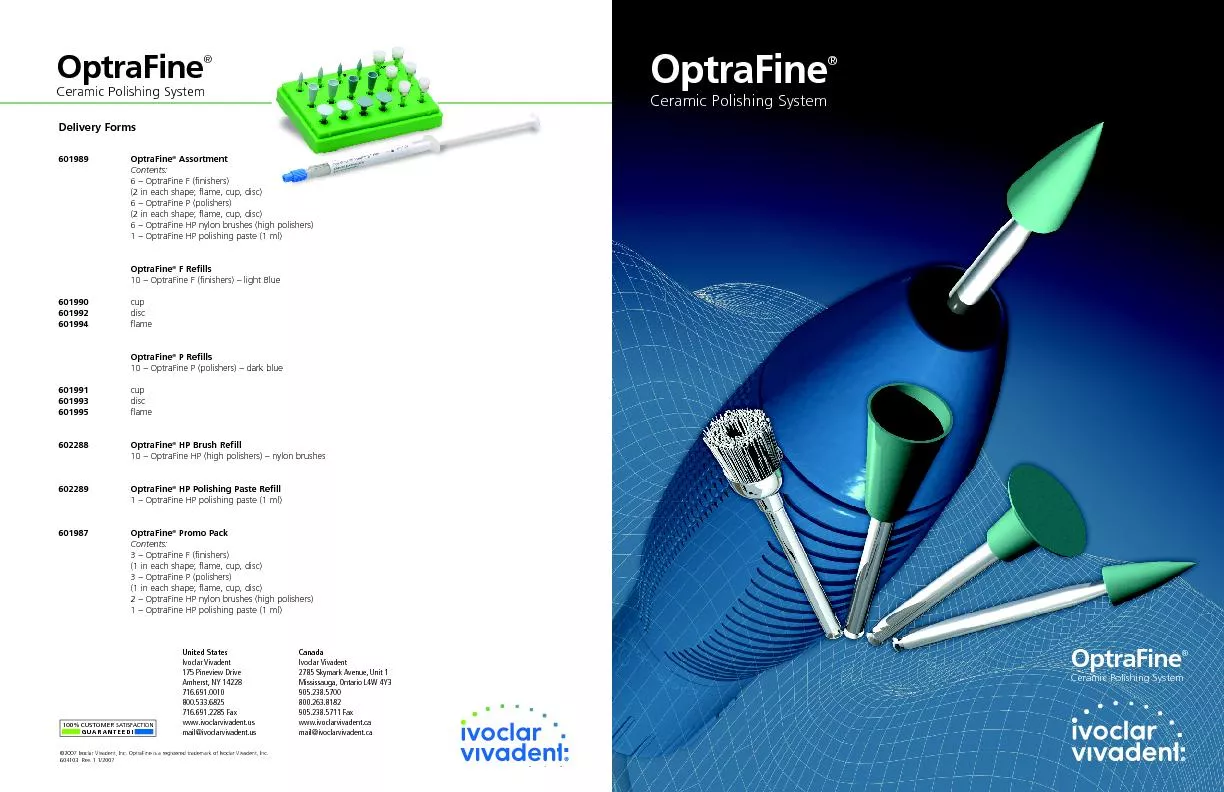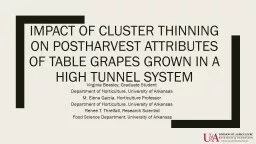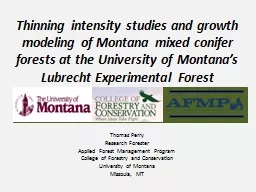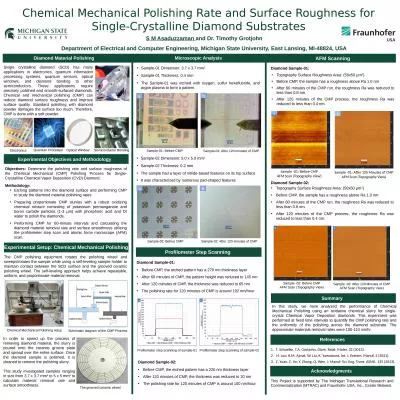PPT-Defect-free Ultra-Rapid Polishing/Thinning of Diamond Crystal Radiator Targets for Highly
Author : cheryl-pisano | Published Date : 2018-03-18
PI Arul Arjunan Sinmat Inc Rajiv Singh University of Florida Richard Jones University of Connecticut Program Manager Manouchehr Farkhondeh SBIR STTR Exchange
Presentation Embed Code
Download Presentation
Download Presentation The PPT/PDF document "Defect-free Ultra-Rapid Polishing/Thinni..." is the property of its rightful owner. Permission is granted to download and print the materials on this website for personal, non-commercial use only, and to display it on your personal computer provided you do not modify the materials and that you retain all copyright notices contained in the materials. By downloading content from our website, you accept the terms of this agreement.
Defect-free Ultra-Rapid Polishing/Thinning of Diamond Crystal Radiator Targets for Highly: Transcript
Download Rules Of Document
"Defect-free Ultra-Rapid Polishing/Thinning of Diamond Crystal Radiator Targets for Highly"The content belongs to its owner. You may download and print it for personal use, without modification, and keep all copyright notices. By downloading, you agree to these terms.
Related Documents

